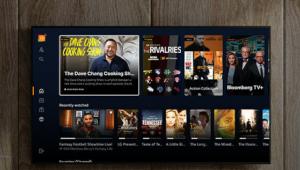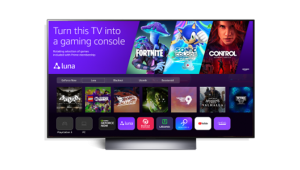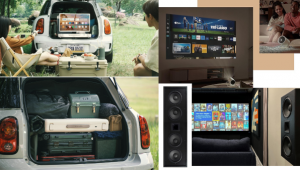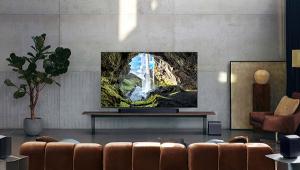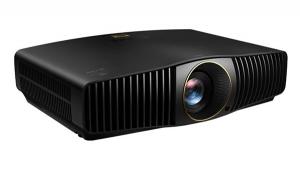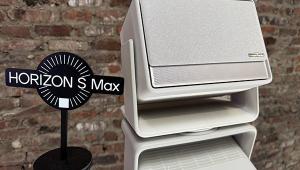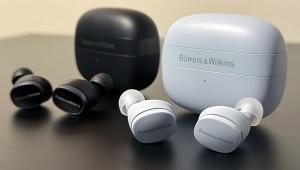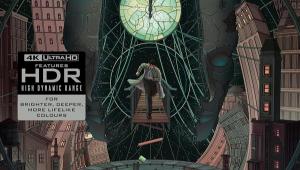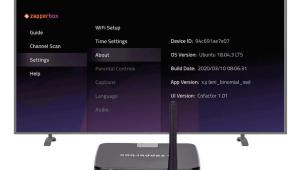DTV Transition Deadline Is Tomorrow

Some argue that the DTV transition is nearly meaningless because it affects only over-the-air signals and most Americans get their DTV delivered by cable, satellite, and Blu-ray. But defining a new broadcast standard for DTV is what laid the groundwork for those other media. It was the Advanced Television Systems Committee that got the ball rolling.
You might be surprised how long it took. The ATSC was born in 1982 as a government-sanctioned (but industry-led) group charged with finding a new high-definition television standard. Note the absence of the word "digital." Originally it was assumed that the U.S. would adopt an analog HDTV standard as Japan was doing, and several consortia consisting of TV makers and other interested parties were working toward that end.
However, one of those consortia, which included General Instrument and M.I.T., suggested a digital standard, and that became the winning idea. The standard eventually adopted by the Federal Communications Commission in 1996 defined HDTV as 1080 by 1920 pixels, with interlacing for more efficient use of broadcast spectrum, or 720 by 1280 pixels, with full-frame progressive scanning like a computer monitor. It also supports lower-resolution SDTV, or standard definition.
All of these digital a/v signals have to fit HDTV in the same 6MHz channel slot as an analog TV channel. The video compression codec is MPEG-2, and the surround sound codec is Dolby Digital. The standard also supports multicasting of standard-definition channels with picture quality roughly comparable to DVD.
The next step was to transform the DTV standard into law and practice. Congress passed the 1996 Telecommunications Act which started the countdown to the full replacement of analog broadcast signals with digital ones. The first regular HDTV broadcasts hit the airwaves in 1996 and the first HDTV sets were introduced in 1998.
The original deadline for cutting off analog broadcasting was in 2006, which got bumped to February 2009, which got bumped to tomorrow. Actually it's been a phased transition, with roughly half of the nation's 1760 broadcasters already having gone digital earlier in the year, and the other half (including most of the largest markets) tomorrow. The vacated analog TV spectrum is being auctioned off to new users, such as wireless internet providers. Emergency responders will also get a slice.
Many stations making the final switch tomorrow will be changing frequencies, so even if you're up and running with DTV, you'll have to run a new channel scan. The last analog shutoffs will occur at one second before midnight, so even if you rescan tomorrow, you may need to do it again on Saturday morning. When the dust has settled, you may find you need a new antenna to capture all the channels available in your area. Those who want to keep analog TVs running will need a set-top box to convert digital signals to analog or cable/satellite/telco service. Those who can afford it may prefer to buy an HDTV and enjoy the benefits of high definition.
Another thing to keep in mind is that even after the final switch, many stations may not be operating at full strength, because their digital signals may initially be coming from secondary transmitters. They may take a few more weeks to move DTV to the primary transmitters at the top of their towers, currently used for analog signals.
Details of the transition will continue working themselves out as the digital-unready find their screens going dark and seek the appropriate help (dtv.gov and 888-CALL-FCC are good places to start).
We'll keep covering the story as it unfolds. In the meantime, check out our DTV To-Do List.



